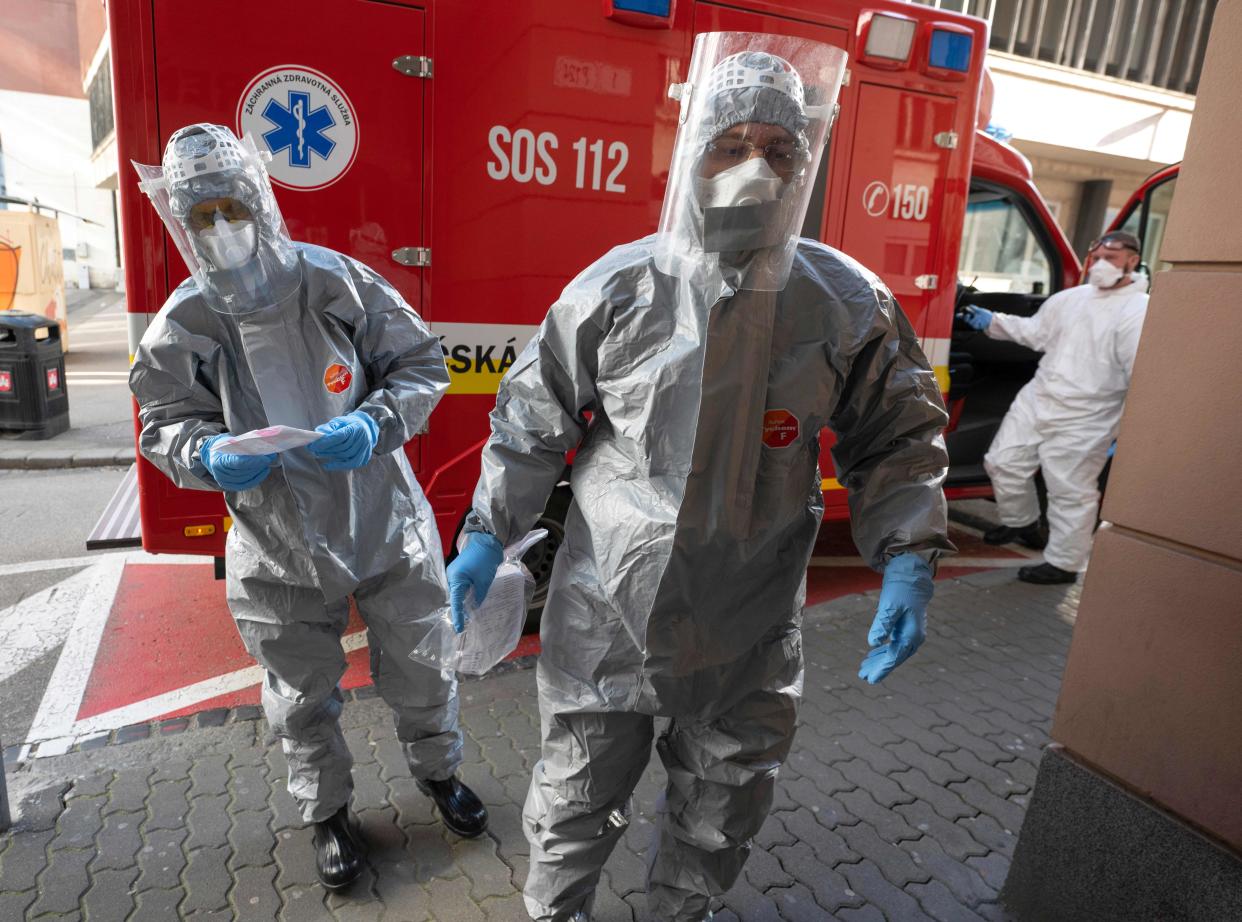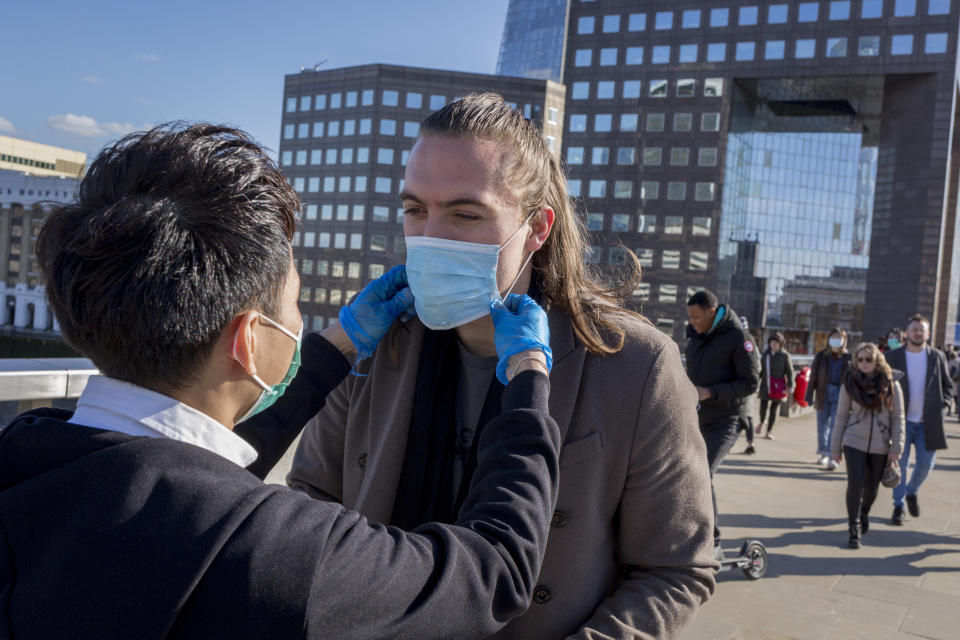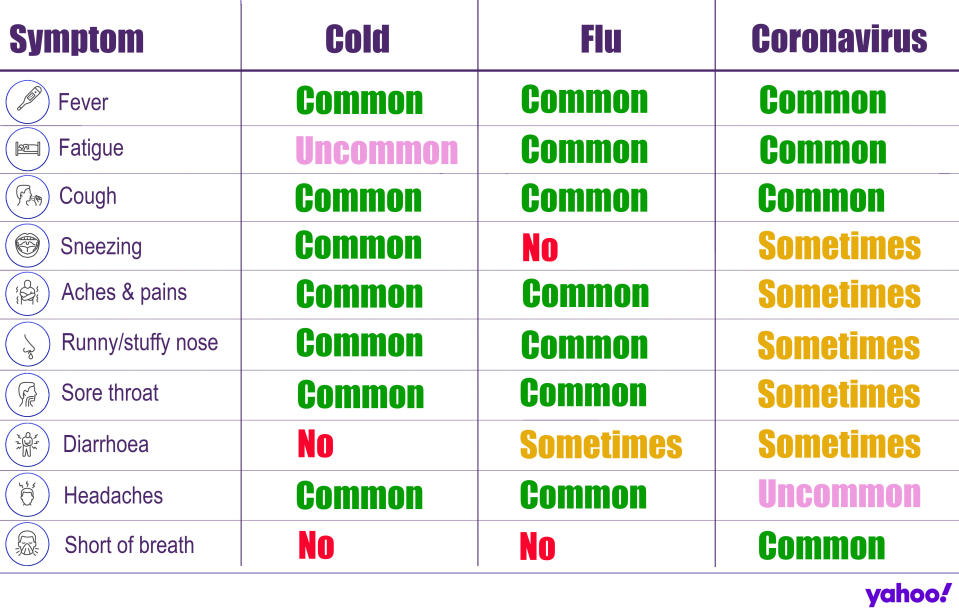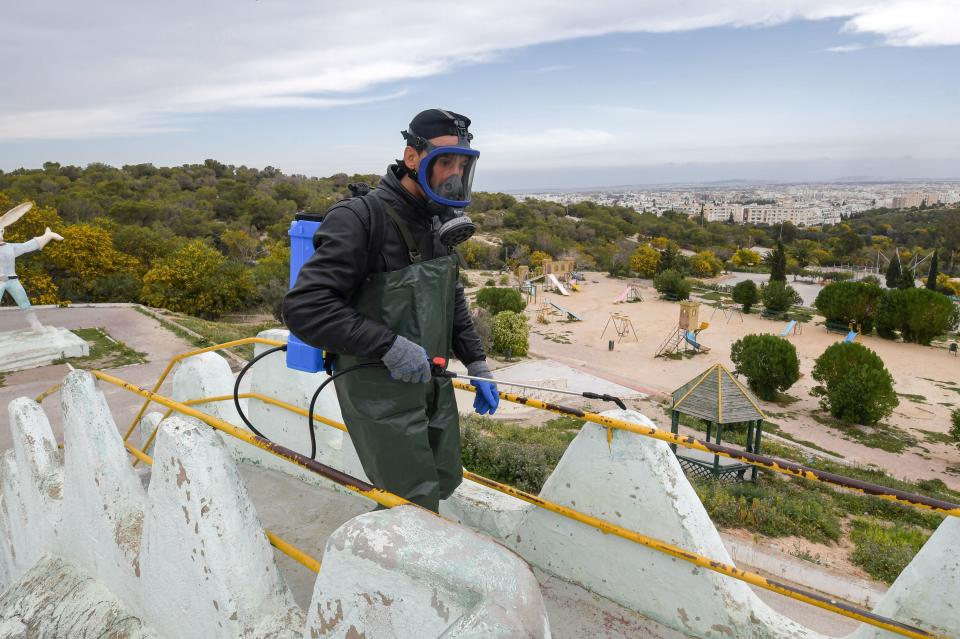Why are families being asked to self-isolate for 14 days if one member has coronavirus symptoms?

Whole families should self-isolate for 14 days if just one member of the household has coronavirus symptoms, UK Prime Minister Boris Johnson said on Monday.
If any live-in relative has the tell-tale fever or persistent cough, everyone in the household should stay at home for two weeks, not even venturing out “to buy food or essentials”, he added.
Johnson added exercising is permitted, albeit at a “safe distance”.
Even Britons not showing symptoms have been asked to avoid social contact, ditch non-essential travel and work from home if they can.
Vulnerable people, like the elderly and those with underlying health issues, will be asked within days to stay at home for the next 12 weeks.

The announcement comes as more than 179,000 coronavirus cases have been confirmed across 155 countries in every inhabited continent, according to John Hopkins University data.
The new strain of the virus is thought to have emerged at a seafood and live animal market in the Chinese city Wuhan at the end of last year, before spreading internationally to become a pandemic.
Cases have “curbed” in China, with the number of new patients plateauing since the end of February.
Europe has been described as the new “epicentre” of the outbreak, with Italy alone having more than 27,900 confirmed cases and over 2,000 deaths.
In the UK, more than 44,000 people have been tested, with 1,551 coming back positive and 55 deaths.
Globally, the death toll has exceeded 7,000.
Patients are also recovering, however, with more than 78,000 globally now testing negative for the virus.

Why are families having to self-isolate for 14 days?
The Covid-19 virus was virtually unheard of just three months ago, with scientists racing to learn more about the pathogen.
To better understand when symptoms start, and how they last, scientists from John Hopkins University looked at 181 people who tested positive between 4 January and 24 February.
Results revealed most developed the tell-tale flu-like symptoms within five days, while nearly all (97.5%) endured fever, cough and breathlessness within 11.5 days.
Overall, the scientists concluded the typical 14-day quarantine period is “well supported by the evidence”.
They predicted, however, one out of every 100 patients develop symptoms after 14 days.
Speaking at the time, Professor Jonathan Ball from the University of Nottingham said: “I think it is really important when dealing with this outbreak that we fully understand the limitations of studies and their findings, and also base any intervention or policy on norms, not extremes.
“As it stands there is little evidence to suggest a quarantine or self-isolation period of 14 days is not suitable.”
Experts are unsure as to how contagious the Covid-19 virus is.
All infectious pathogens have a “basic reproduction number”.
This is the number of people a patient statistically goes onto infect.
For example, a number of three means that every patient is expected to pass the virus onto three others.
Mid-February, scientists from the London School of Hygiene & Tropical Medicine estimated Covid-19’s reproduction number fluctuated between 1.5 and 4.5 before travel restrictions were introduced in Wuhan, stressing “substantial uncertainty”.
This led them to predict the outbreak may peak in “mid-to-late February”.
Speaking at the time, Dr Robin Thompson from the University of Oxford, said: “One proviso must be forecasting the peak of any outbreak is challenging, and so there is significant uncertainty in estimates of both the timing of the peak and the total number of cases that will occur.”
Professor David Heymann, also from the London School of Hygiene & Tropical Medicine, previously told Yahoo UK basic reproduction numbers “change daily as new information comes in”.

What is Covid-19?
Most of those who initially caught the Covid-19 virus worked at, or visited, the “wet market” in Wuhan.
The virus mainly spreads via infected droplets that have been coughed or sneezed out by a patient.
There is also evidence it may be transmitted in faeces and urine.
In most cases, a patient’s immune system naturally fights off the virus.
Pneumonia can come about when the infection causes the alveoli (air sacs) in the lungs to become inflamed and filled with fluid or pus.
The lungs then struggle to draw in air, resulting in reduced oxygen in the bloodstream.
Those requiring hospitalisation are offered “supportive care”, like ventilation, while their immune system gets to work.
To ward off infection, officials urge people to wash their hands regularly and maintain social distancing.



